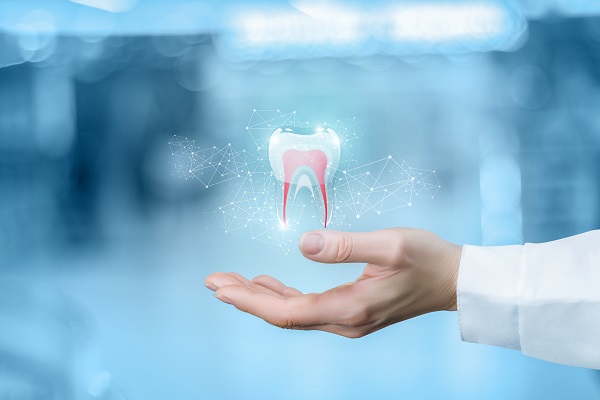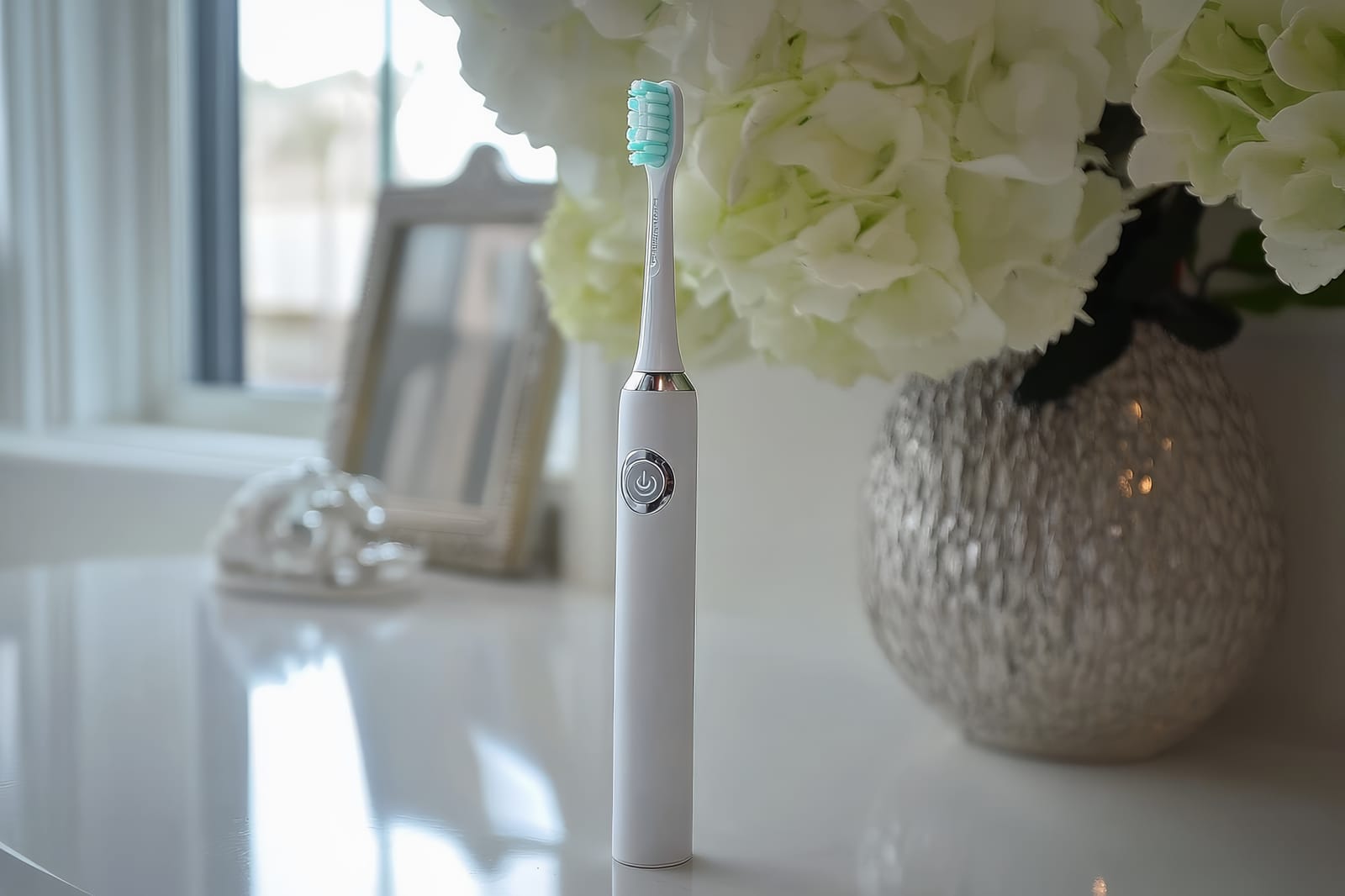How a Family Dentist Checks for Oral Cancer at a Dental Check-Up

Many people are aware that a family dentist is skilled at examining the mouth for signs of common dental problems such as tooth disease and gum disease, but something not everyone knows is that an oral cancer screening is a vital part of most dental check-ups. Since early detection has one of the largest impacts on a patient’s outcome if oral cancer is diagnosed, most dentists include a visual exam of the mouth tissues during routine appointments. In addition, knowing what the dentist looks for during an examination and understanding what risk factors make a person more susceptible to this disease can help you continue to watch out for the warning signs between visits.
Oral cancer checks
There are several steps a dentist takes to check different surfaces of the mouth for potential signs of cancer.
Visual inspection
Cancerous tissue can be present on the gum, cheeks, lips, tongue, roof, and floor of the mouth, so a thorough examination of all these areas is necessary. The dentist may ask the patient to move the tongue or reposition the mouth to get a better view of all angles. When visually scanning the area, the dentist is looking for any abnormalities, which can include:
- Ulcers or mouth sores that are reoccurring or will not heal
- Lumps or unusual bumps
- Red, white, or gray spots
- Rough patches
Physical symptoms
In addition to having strange lumps or spots appearing in the mouth, most patients report additional symptoms as well. The family dentist may inquire if any of the common signs of oral cancer are present. Common issues patients complain about include difficulty swallowing, loose teeth, numbness, and mouth or ear pain. Due to this discomfort and changes in the mouth, people may have difficulty speaking normally.
Risk factors
To better understand the patient’s medical history, the dentist may ask questions to determine if there are any risk factors to be aware of. This can include tobacco and alcohol use, a diet deficient in fruits and vegetables, excess sun exposure, being age 40 or older, and a diagnosis of human papillomavirus.
Additional tests
If any potential signs of oral cancer are discovered, the next step is to take a biopsy of the affected area. The dentist may ask to take a sample of the tissue to have it examined further. Additional appointments may be recommended to check on the area and to figure out the next steps in the process.
Conclusion
While good dental hygiene is a big factor that contributes to good overall oral health, a family dentist is concerned with more than just the cleanliness of the teeth. Looking for any irregular areas that could potentially be indicators of oral cancer is another way dentists work to keep the mouth in good condition. By detecting initial signs of cancer, a treatment plan can be developed early on to give the patient a greater chance of a full recovery.
Request an appointment here: https://www.stgeorgedentalcare.com or call St. George Dental Care at (435) 628-9099 for an appointment in our St George office.
Check out what others are saying about our services on Yelp: Read our Yelp reviews.
Recent Posts
Having a sensitive sense of smell can be both a blessing and a curse, as nothing disrupts personal comfort more than an unpleasant odor emanating from your mouth. A common concern for dental patients is the distinct and often embarrassing "rotten tooth smell." Understanding its causes, implications, and the appropriate remedies is crucial for maintaining…
Brushing your teeth is essential for maintaining a healthy, beautiful smile, and using an electric toothbrush takes oral hygiene to the next level. At St. George Dental Care, located in St. George, UT, we're passionate about helping our patients maintain optimal oral health through modern dental practices and expert advice. Electric toothbrushes are revolutionizing dental…
When it comes to maintaining your dental health, understanding the professionals who provide care can make all the difference in your experience. The terms "dentist surgeon" and "dentist" are often used, but many people don't fully grasp the distinctions between them. Are their education, scope of practice, and services they provide the same? Which should…
Does the thought of sitting in a dentist's chair make your palms sweaty? You're not alone. Dental anxiety is something millions of people experience, but we at St. George Dental Care believe visiting the dentist doesn't have to be nerve-wracking. That's why our focus goes beyond just cleanings and checkups—we strive to make you feel…


